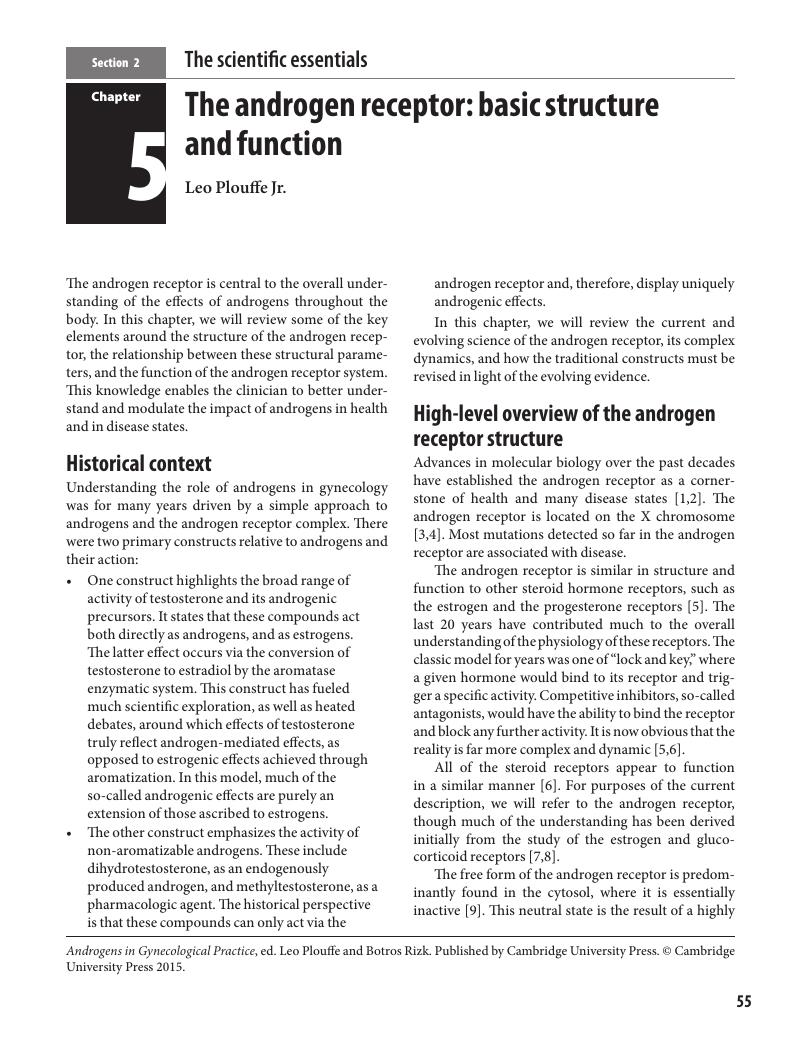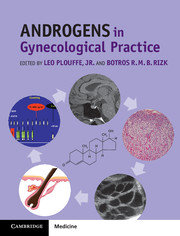Book contents
Section 2 - The scientific essentials
Published online by Cambridge University Press: 05 July 2015
Summary

- Type
- Chapter
- Information
- Androgens in Gynecological Practice , pp. 55 - 110Publisher: Cambridge University PressPrint publication year: 2015

